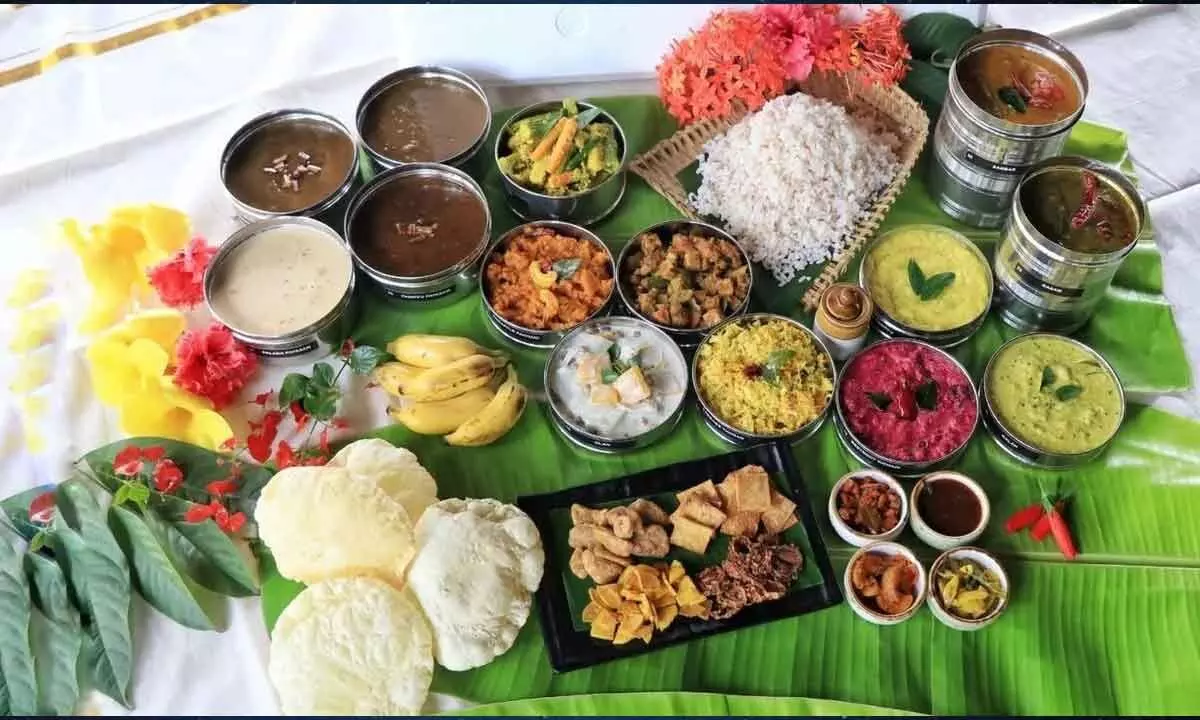Yummy days ahead for Indian quick service restaurants
South Indian cuisine's rich flavours and wide palate is a popular choice in the QSR industry
image for illustrative purpose

However, the path of QSRs comes with its fair share of hurdles. Increased awareness of health and sustainability has encouraged a shift toward nutritional and environmentally friendly solutions, adding an additional layer of complexity to the business
India’s culinary landscape has changed dramatically over the years, with Quick Service Restaurants (QSRs) playing a significant part in revolutionizing the way we dine. What began as a simple concept of providing quick, affordable meals has grown into a dynamic and diverse sector. Catering to a wide range of tastes and interests, the QSR sector is expected to grow 40% by 2030 (Bain and Company).
One of the many noteworthy developments in this evolution is the broad availability of south Indian cuisine, which has gained popularity across the country.
With a growing number of quick service restaurants serving delectable dosas and aromatic sambar, south Indian appetizers are now available in almost every corner. South Indian cuisine's rich flavours and wide palate have made it a popular choice in the quick-service restaurant (QSR) industry. Diners are amazed by the unusual and delectable selections available at these restaurants, which range from crispy, golden-brown dosas to tangy, fragrant sambars.
The popularity of south Indian food comes from its diversity and rich culinary tradition, which includes a wide range of meals to suit a variety of tastes and preferences. Whether it's a quick breakfast, a hearty lunchor a light dinner, the selection of south Indian dishes has something for everyone. The success of these flavours in the QSR sector demonstrates their capacity to meet the desires of a wide range of customers, making each meal a delightful experience.
However, it is not just south Indian cuisine that is creating waves in the quick service restaurant market. The industry has undergone tremendous diversification, with a plethora of global and regional cuisines now accessible to meet our increasingly diverse palates. The pleasant fusion of regional cuisines into the fast-paced world of quick service restaurants demonstrates the growing appreciation for varied culinary experiences.
From tantalizing tacos, indulgent kinds of pasta, and fiery Asian stir-fries to healthy Mediterranean wraps on the go, quick-service restaurants have become a melting pot of cuisine and culture, catering to every diner with little time on their hands.
As consumer preferences become more diverse and demanding, quick-service restaurants respond by regularly redesigning their menus and service patterns. These venues no longer rely exclusively on speedy delivery; instead, they strive to offer a dining experience suiting diverse preferences. This transition is mirrored in their bigger and more diverse menus, which frequently contain options for dietary restrictions, health-conscious choices and international flavours.
Furthermore, the ambiance of these restaurants is changing to match the needs of current customers. From aesthetically beautiful interiors to innovative ordering systems, quick-service restaurants are investing in creating a setting that makes each visit feel like a culinary adventure. The emphasis is not just on the quickness and convenience of the meal, but also on the complete experience, ensuring that consumers leave happy and wanting to return. This comprehensive approach combines the convenience of quick service with the richness of a memorable dining experience, ultimately enhancing customer loyalty and appealing to a wider audience.
However, the path of QSRs comes with its fair share of hurdles. The rapid race of urbanization and changing lifestyles has resulted in an increase in demand, putting a strain on QSR operators to maintain high quality and consistency. Furthermore, increased awareness of health and sustainability has encouraged a shift toward nutritional and environmentally friendly solutions, adding an additional layer of complexity to the business.
In order to tackle these difficulties, QSR owners with acumen are leveraging technology and creativity. The quick-service restaurant sector is undergoing a fundamental transition, with restaurants implementing advanced kitchen automation to simplify operations and leveraging data-driven insights for more effective menu planning. Furthermore, there is a great emphasis on using environmentally friendly packaging options. These technologies are redefining how quick-service restaurants operate, with the goal of improving efficiency, sustainability, and overall customer experience.
Looking ahead, the QSR industry is set to soar. The marriage of traditional and contemporary culinary practices, with an emphasis on health and sustainability, will continue to determine the future of this thriving industry. As quick-service restaurants juggle the intricacies of dynamic India, one thing is certain: the quest to provide great, diversified, and pleasurable dining experiences will always be central to the sector.
The future of the Indian QSR market appears bright, with steady development anticipated in the following years. As consumer preferences shift, QSR brands must remain adaptable and responsive to new trends.
The integration of technology, a focus on sustainability, and a dedication to providing high-quality, diverse food options will be the critical drivers of success in this dynamic market.
(The writer is co-founder of Swaad of South)

